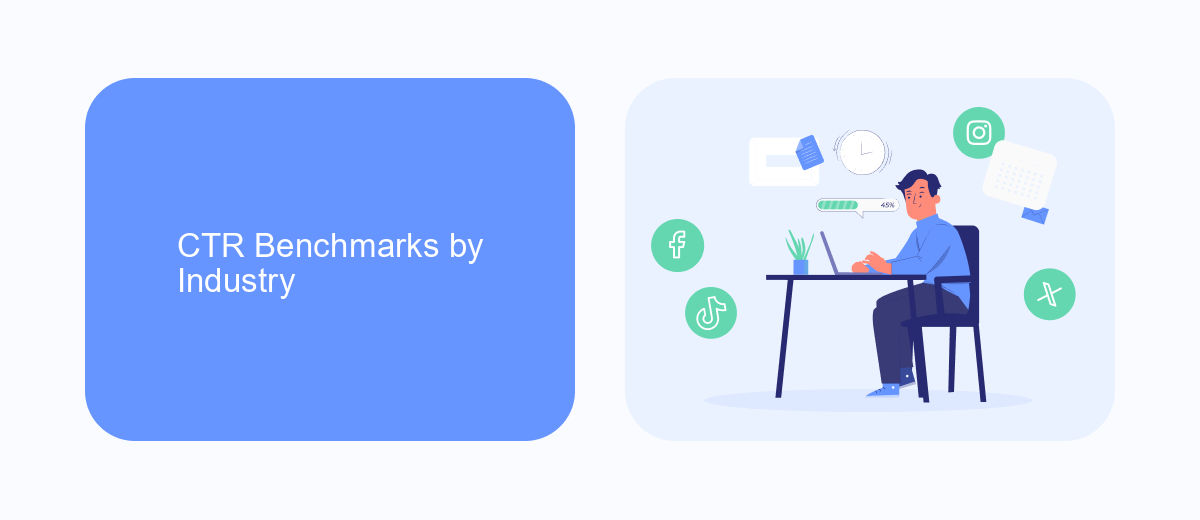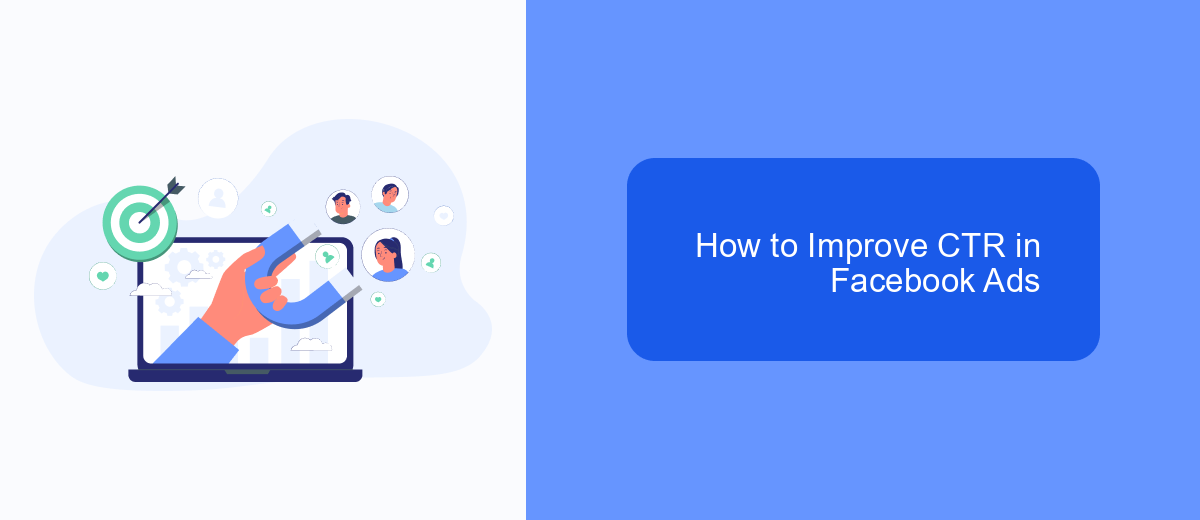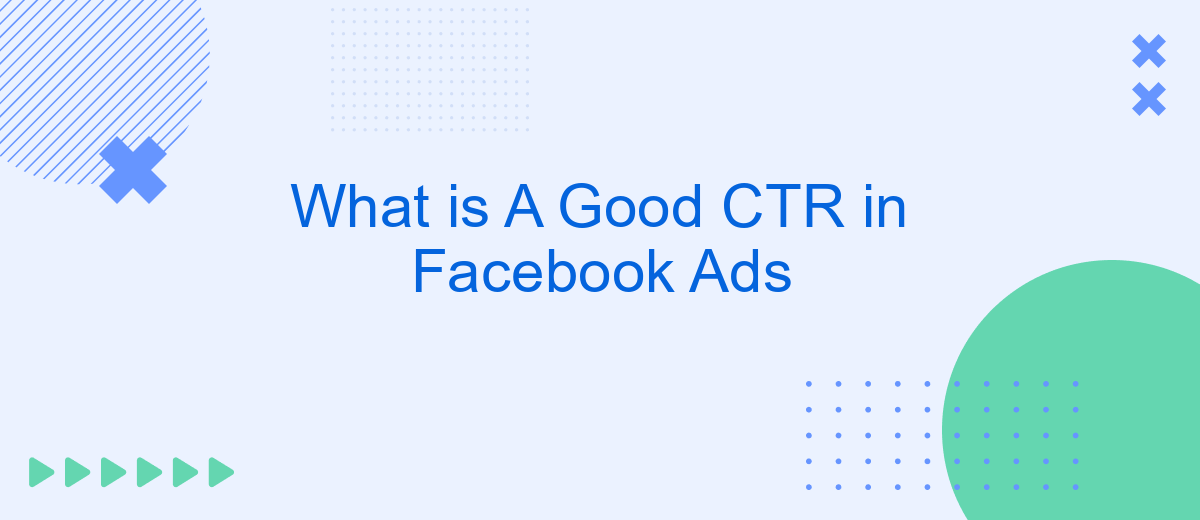When running Facebook Ads, understanding what constitutes a good Click-Through Rate (CTR) is essential for evaluating the effectiveness of your campaigns. A good CTR can vary depending on industry, audience, and ad format, making it crucial to benchmark your results against relevant standards. This article will explore what a good CTR looks like in different contexts and how you can optimize your ads to achieve it.
What is a Good CTR?
A good Click-Through Rate (CTR) in Facebook Ads can vary depending on the industry, target audience, and campaign objectives. Generally, a CTR between 2-5% is considered good, but this can differ based on specific goals and benchmarks.
- Industry standards: Different industries have varying average CTRs. For instance, e-commerce might have a higher CTR compared to B2B services.
- Ad relevance: Ads that are more relevant to the target audience tend to have higher CTRs.
- Creative quality: High-quality visuals and compelling copy can significantly boost CTR.
To optimize your CTR, consider using services like SaveMyLeads, which can help automate and streamline your ad campaigns. By integrating your Facebook Ads with other platforms, you can ensure that your leads are efficiently managed and nurtured, ultimately improving your CTR and overall campaign performance.
CTR Benchmarks by Industry

CTR benchmarks can vary significantly depending on the industry. For instance, the average CTR for the retail sector is typically higher, often hovering around 1.59%. This is because retail ads are usually visually appealing and directly target consumer interests, leading to more clicks. In contrast, industries like B2B services might see lower CTRs, around 0.78%, due to the more niche audience and specialized content. Understanding these benchmarks helps advertisers set realistic expectations and tailor their strategies accordingly.
To improve CTR across various industries, leveraging integration services like SaveMyLeads can be invaluable. SaveMyLeads simplifies the process of connecting Facebook Ads with other platforms, ensuring that leads are efficiently captured and managed. By automating lead generation and follow-up processes, businesses can focus on optimizing their ad creatives and targeting, ultimately boosting their CTR. Whether you're in e-commerce, real estate, or healthcare, using such tools can streamline your marketing efforts and enhance your ad performance.
What Factors Impact CTR?

Click-Through Rate (CTR) in Facebook Ads can be influenced by a variety of factors. Understanding these factors can help you optimize your campaigns and achieve better results. Here are some key elements that can impact your CTR:
- Ad Relevance: Ensuring your ad content is relevant to your target audience is crucial. Irrelevant ads are less likely to catch the attention of users.
- Visual Appeal: High-quality images or videos can significantly increase engagement. Poor visuals can deter users from clicking on your ad.
- Ad Copy: Clear, concise, and compelling copy can make a big difference. Highlighting the benefits and including a strong call-to-action (CTA) can boost your CTR.
- Targeting: Properly targeting your audience ensures that your ads are shown to users who are more likely to be interested. Tools like SaveMyLeads can help streamline your targeting by integrating various data sources.
- Ad Placement: The placement of your ad on Facebook (e.g., News Feed, Stories, etc.) can also affect its performance. Experiment with different placements to see what works best.
By focusing on these factors, you can improve your Facebook Ads' CTR and drive more traffic to your website or landing page. Regularly analyzing and adjusting your campaigns based on these elements will help you achieve better outcomes.
How to Improve CTR in Facebook Ads

Improving your CTR in Facebook Ads is essential for maximizing the effectiveness of your campaigns. One of the first steps is to ensure that your ad creatives are visually appealing and relevant to your target audience. High-quality images and videos can significantly increase engagement and click-through rates.
Another crucial factor is the ad copy. Make sure your headlines are compelling and your call-to-action (CTA) is clear and enticing. Tailoring your message to address the specific needs and interests of your audience will make your ads more clickable.
- Use high-quality, relevant images and videos
- Craft compelling headlines and CTAs
- A/B test different ad variations
- Target the right audience segments
- Leverage tools like SaveMyLeads for seamless integration
By implementing these strategies, you can enhance your Facebook Ads' performance. Additionally, using integration services like SaveMyLeads can help you streamline your marketing efforts, ensuring that your leads are efficiently managed and nurtured. This holistic approach will ultimately lead to better CTR and overall campaign success.
Tools to Monitor CTR
Monitoring your CTR (Click-Through Rate) in Facebook Ads is crucial for optimizing your campaigns and ensuring you're reaching your target audience effectively. One of the primary tools for tracking CTR is Facebook Ads Manager, which provides detailed insights into your ad performance, including CTR metrics. By regularly checking these metrics, you can adjust your ad creatives, targeting, and bidding strategies to improve your CTR and overall campaign performance.
Another powerful tool to consider is SaveMyLeads, a service that helps you automate the integration of Facebook Ads data with other platforms. With SaveMyLeads, you can set up automated workflows that pull CTR data from Facebook Ads and send it to your preferred analytics or reporting tools. This not only saves time but also ensures you have real-time access to your CTR metrics, enabling you to make data-driven decisions and optimize your ad campaigns more efficiently.


FAQ
What is considered a good CTR for Facebook Ads?
How can I improve my CTR on Facebook Ads?
Why is my CTR lower than average?
How does audience targeting affect CTR?
Can automation tools help improve my CTR?
What do you do with the data you get from Facebook lead forms? Do you send them to the manager, add them to mailing services, transfer them to the CRM system, use them to implement feedback? Automate all of these processes with the SaveMyLeads online connector. Create integrations so that new Facebook leads are automatically transferred to instant messengers, mailing services, task managers and other tools. Save yourself and your company's employees from routine work.
